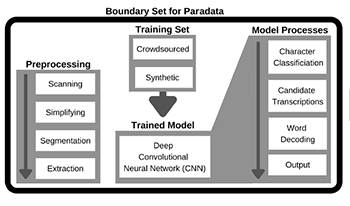
While a familiar term in fields like social science research and digital cultural heritage, ‘paradata’ has not yet been introduced conceptually into the archival realm. In response to an increasing number of experiments with machine learning and artificial intelligence, the InterPARES Trust AI research group proposes the definition of paradata as ‘information about the procedure(s) and tools used to create and process information resources, along with information about the persons carrying out those procedures.’ The utilization of this concept in archives can help to ensure that AI-driven systems are designed from the outset to honor the archival ethic, and to aid in the evaluation of off-the-shelf automation solutions. An evaluation of current AI experiments in archives highlights opportunities for paradata-conscious practice

Face recognition systems are used in high security applications for identification, authentication and authorization. Therefore they need to be robust not only to people wearing face accessories and masks like in the COVID19 pandemic, they also need to be robust against adversarial attacks. We have identified three inconspicuous facial areas to wear adversarial examples to attack face recognition. These are the mouth-nose section, the forehead and the eye area. In this paper, we will address the question of how much of a face needs to be present for successful identification and whether removing the critical regions is a viable countermeasure against adversarial examples.